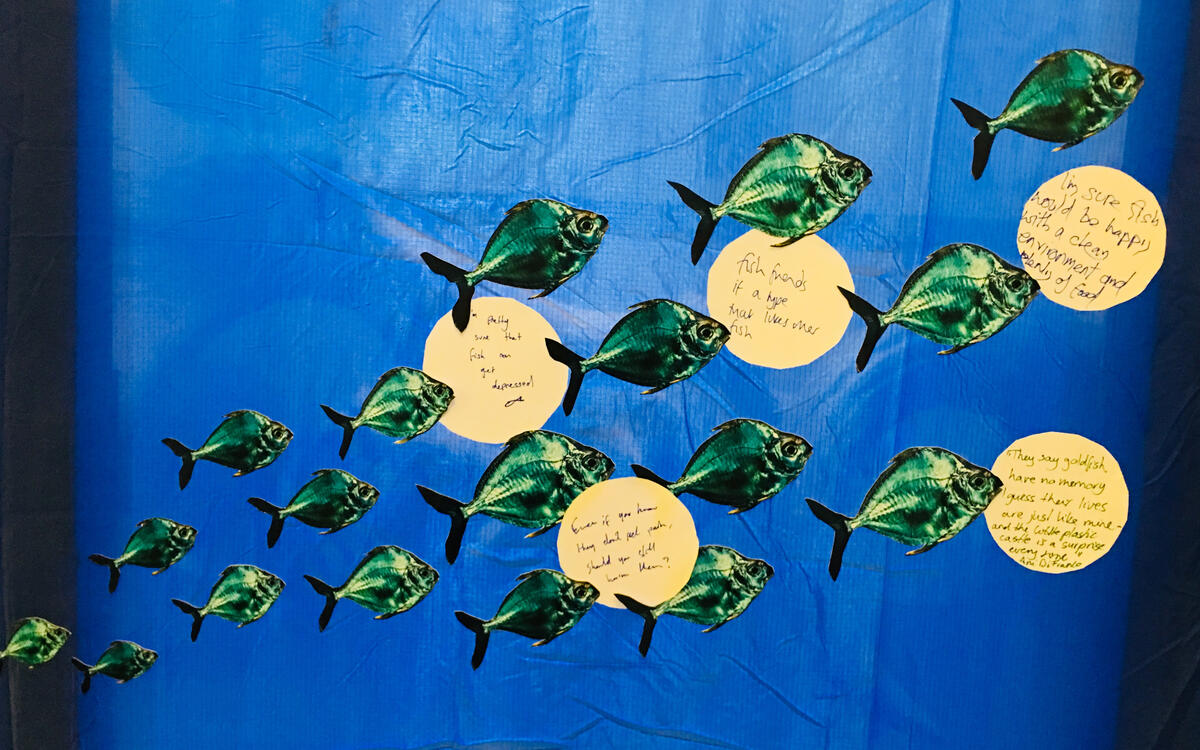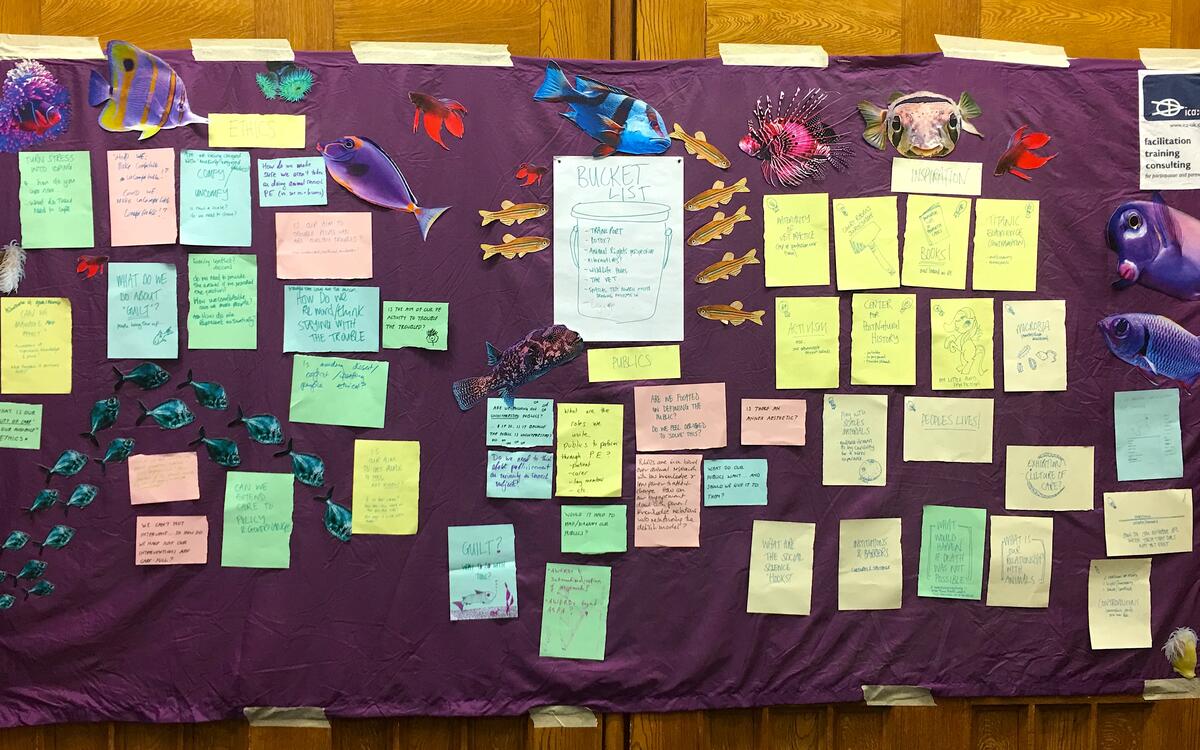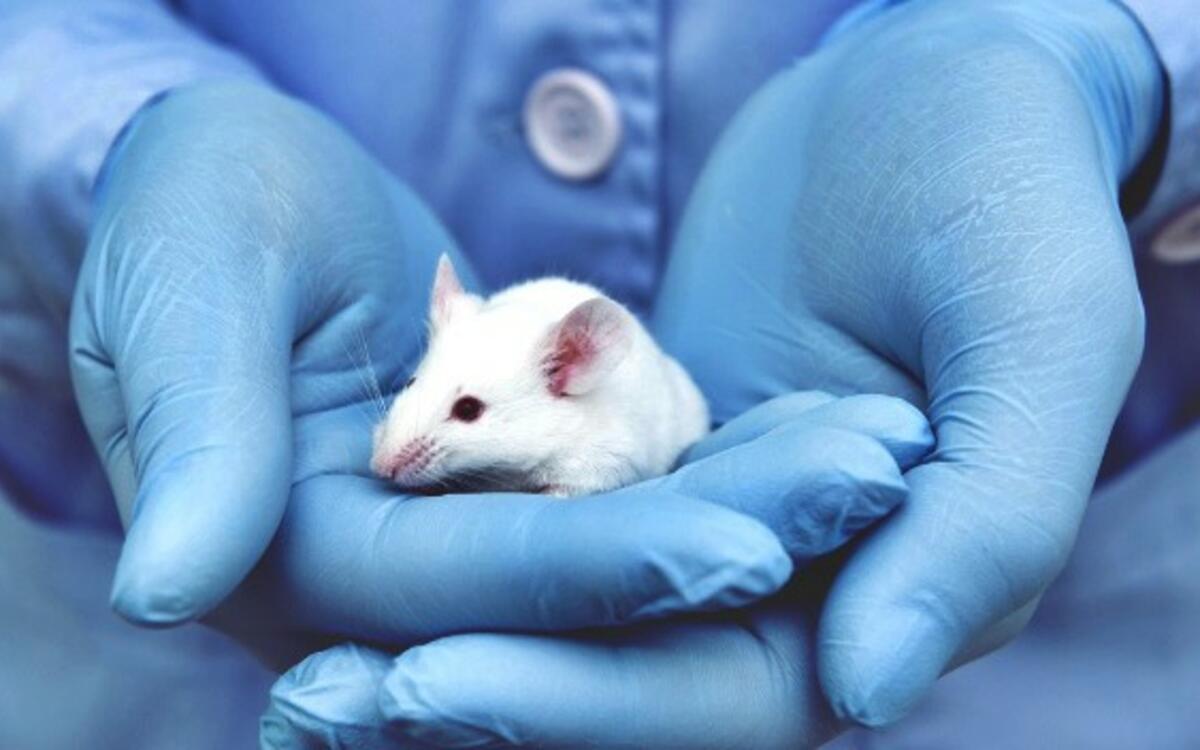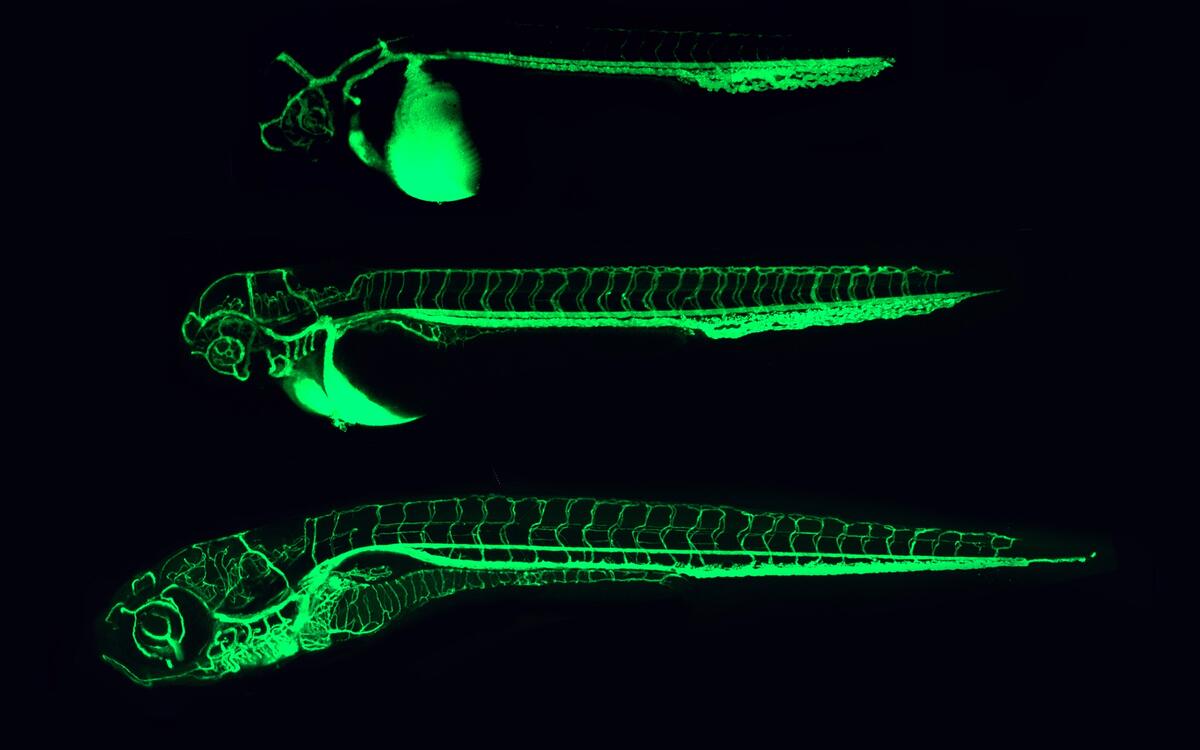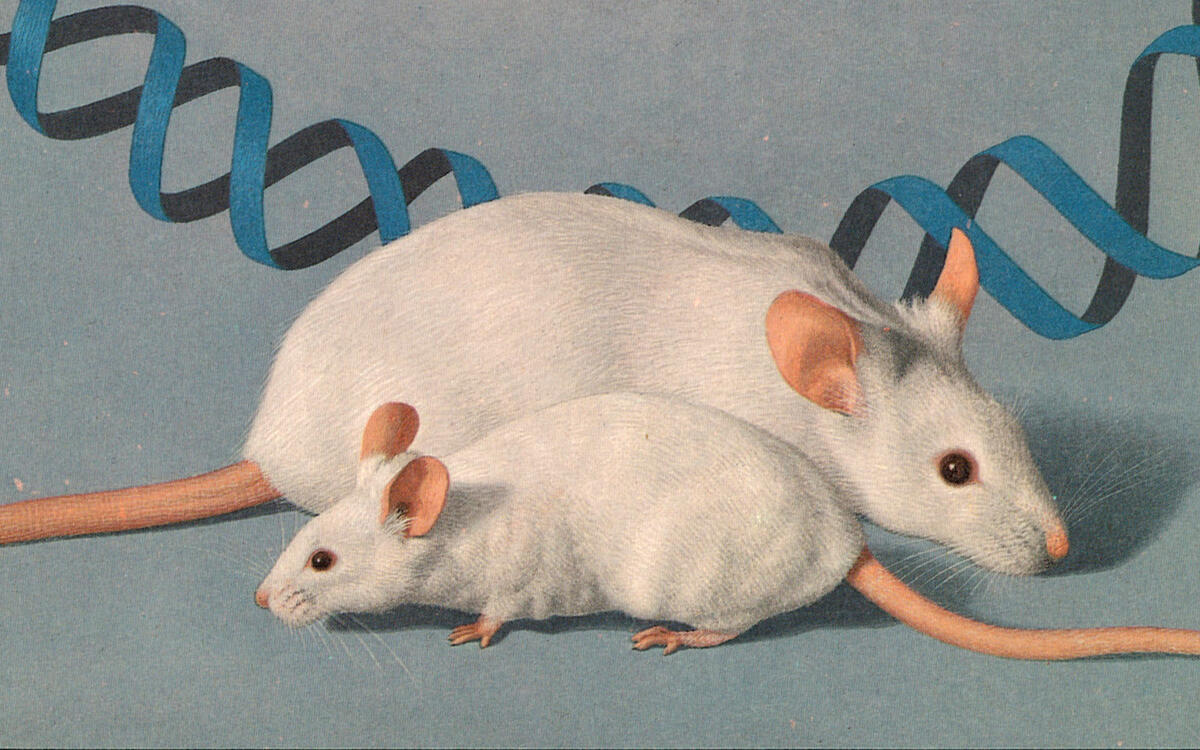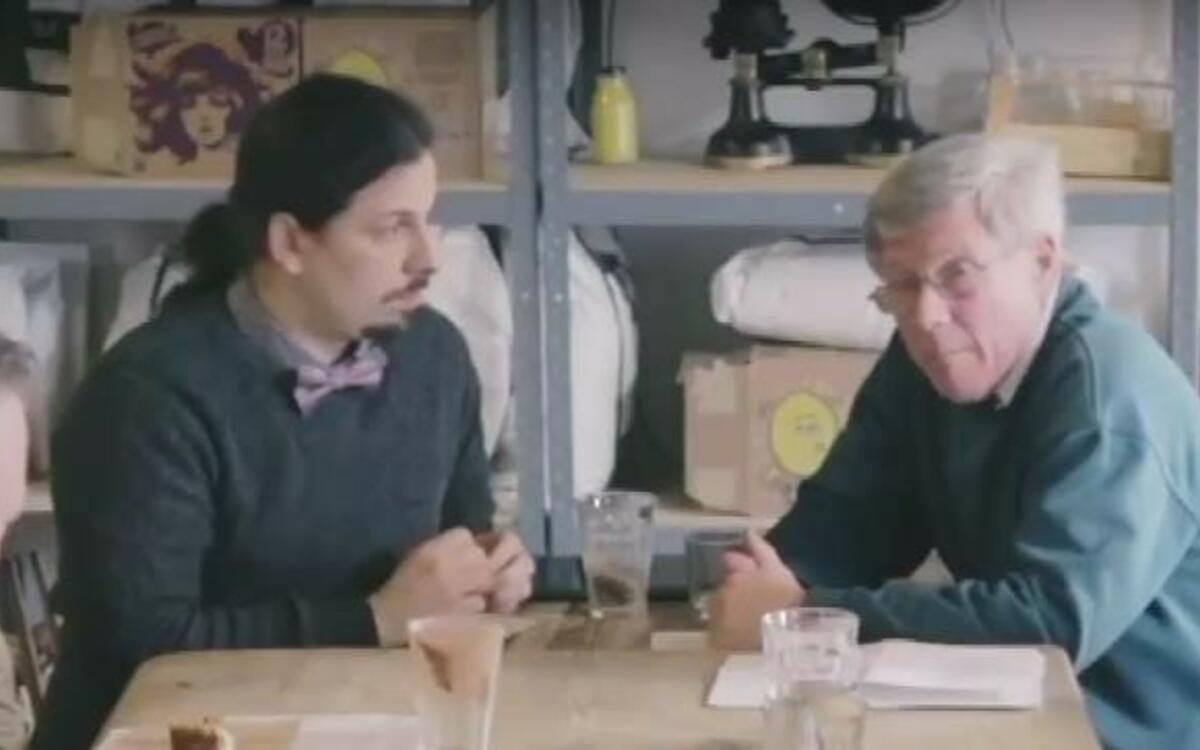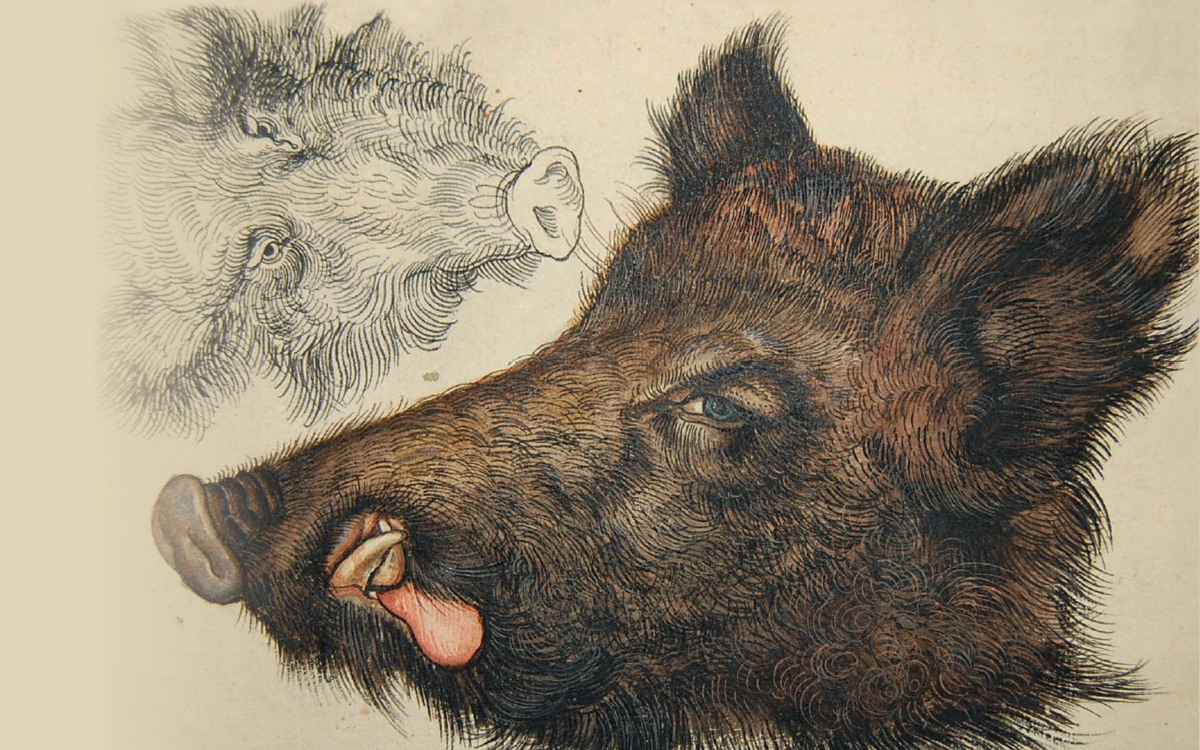In the Species and Spaces project, we’re exploring people’s perceptions around fish use, sentience, and how these shape and define assumptions around their welfare requirements. We wanted to see what the public thought about our research and, in a broader sense, how they felt about fish.
Blogs
Projects by Bentley
At a previous meeting we were all asked to define what “nexus” meant to us.
Nexus, to me, is a woven net where experience and knowledge twist together to form ropes. Each knot creates a node of epistemic intersection, a mutable fractal built of community, expectation and obligation Venn diagrams. It is therefore impossible to pull at one strand without disturbing others. Perhaps the metaphor of playful disturbance is what I found most appealing.
Understanding and examining the significance of the laboratory space physically, practically, emotionally and metaphorically, is opening up new lines of social scientific enquiry regarding the relations between health, science and welfare
"How different does a fish really feel from one day to the next?" Zebrafish larvae become protected animals at the age of 5 days post fertilisation. At 4 days, they are not. Why is this?
Working within a multidisciplinary research environment provides every member of the AnNex team with unique opportunities to think outside the boundaries of their own discipline and benefit from exposure to the methods and perspectives of other humanities and social science researchers. As a clinician with experience of working as a Named Veterinary Surgeon (NVS) I feel well qualified, in one sense, to lead the ‘professions’ research stream which focuses on NVSs as one example of a professionalised laboratory role.
Our approach to research emphasises cross-project collaborations and transdisciplinary thinking. But what does this mean, in practical terms, for the work that we do and for our participants? Here, we consider these questions in relation to sharing interview transcripts among our team. We explain how we developed practices to create shareable data, and explore its implications for participants and the way we do research.
Animal research is fraught with controversy, and dramatic debates around the use of animals in biomedical sciences keep flaring up. As historians on the Animal Research Nexus team, we trace those public controversies, particularly the ones leading up to the UK 1986 Animals (Scientific Procedures) Act. But not all of our sources are serious – some involve surprising levity. In particular, in the early 1980s discussions around the first genetically modified (transgenic) mice in the USA, jokes abound.
Earlier this year, the MRC Brain Network Dynamic Unit invited lay members of local branches of Parkinson’s UK to visit the unit to learn more about the Unit’s research on the causes and treatment of Parkinson’s disease, and the use of animals in Parkinson’s research. It’s a great example of an organisation putting the Concordat on Openness into action.
Animal research can be a controversial issue. It involves complex questions across science, health, animal welfare, and ethics and is the subject of ongoing social and scientific debate. There have recently been moves to develop more inclusive conversations around animal research, which bring publics, patients, and researchers together. This film is an extract from one experiment in putting together a new group of people to talk about animal research.
In July 2018 several members of the Animal Research Nexus team were invited to an exciting workshop at the University of Nottingham. The aim of the meeting was to allow people researching ‘animal geographies’ from different approaches to discuss their current research.
